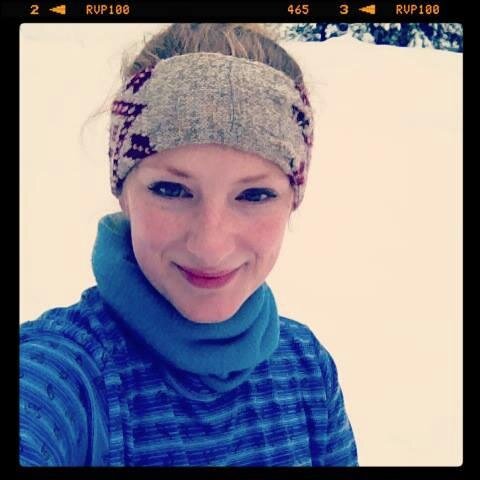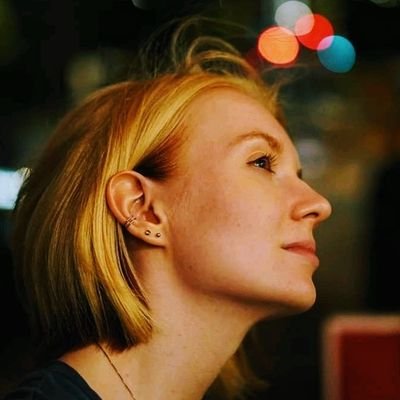
Caitlin Mallory
@sc8lin
Followers
558
Following
1K
Media
19
Statuses
221
HHMI Hanna H Gray Fellow | mom | UC Berkeley neuroscientist | Foster Lab | former figure skater | dachshund enthusiast | she/her
Berkeley, CA
Joined April 2009
1/19 I’m thrilled that my postdoctoral work, with @john_widloski and @replayprof, is now out in @ScienceMagazine, along with a wonderful preview by @BendorD! The time course and organization of hippocampal replay | Science
10
10
70
📢📢My Lab @VanderbiltU is looking for a motivated postdoc to join us in studying the molecular and cellular mechanisms of somatosensation development! Please help us spread the word by retweeting!
3
49
129
We're hiring a Clinical Neurotechnology Research Assistant (CNRA)! Application link in next post. We'll start reviewing applicants after August 25th Please RT 🔁
1
26
55
The University of Minnesota leads the way in medical research: 700 NIH-funded projects, including advancing organ transplants, cancer treatments, and Parkinson’s therapies are now at risk. Cutting NIH funding threatens life-saving research and the future of medical innovation.
311
607
2K
19/19 And of course, a huge thank you to @replayprof for his guidance and invaluable input along the journey! I am eager to hear what you all think and would love to chat with anyone about these findings!
0
0
2
18/19 @john_widloski had conceived of similar adaptation models of replay and theta sequences before. When we teamed up to look at whether a neuronal fatigue model could explain replay's perplexing ‘past-avoidance’, everything began to click into place.
1
0
2
17/19 This project unfolded like a fun but super challenging puzzle. For a long time we wondered, why would replay avoid the recent past? I want to give a HUGE shout out to co-author @john_widloski for his tremendous contribution in helping put the final pieces together.
1
0
1
16/19 When we added a source of facilitation onto cells that had been activated along the animal’s prior path, we were able to subtly increase the rate of retrospective replays overall and recapitulate the eventual emergence of a past bias.
1
0
1
15/19 The model produced replays that both avoided each other and the animal’s recent past (for a period of time related to time constant adaptation). Notably, without an additional input (presumably from MEC), the model did not produce the eventual bias for past-going replays.
1
0
1
14/19 Finally, we considered whether a recurrent network endowed with neuronal fatigue could recapitulate this counterintuitive organization of replay. We found that, in our model, adaptation not only *generates* replay, but it also organizes it.
1
0
1
13/19 We optogenetically (or chemogenetically) shut down MEC as rats consumed reward. We indeed found that retrospective replays became less frequent with MEC suppressed, although they were not altogether abolished.
1
0
1
12/19 How does the prior path eventually become preferentially replayed later in the stopping period? We wondered whether the medial entorhinal cortex, a cortical region highly interconnected with hippocampus, might play a role in biasing replay for the animal’s recent past.
1
0
1
11/19 This made us wonder, would *replay* of a path also fatigue the participating cells and prevent a subsequent replay of the same path? Consistent with the idea, we found that when two replays occur back-to-back (within about 1 sec), the second replay avoids the first.
1
0
2
10/19 We hypothesized that neuronal fatigue effectively takes recently activated place cells ‘out of commission’ for a few seconds. If replay is going to occur after the animal stops, it has to recruit different cells/represent a different path from that just taken.
1
0
1
9/19 So, which did we observe? Clearly, the latter- when the past and future paths overlapped, replay avoided them both for the first few seconds.
1
0
2
8/19 But sometimes rats turned around, re-tracing their steps so that the future and past paths overlapped. In this particular case, future-preferring versus past-avoiding replays would point in opposite directions.
1
0
2
7/19 We suspected that the primary factor influencing replay’s direction in the first few seconds after stopping is ‘past-avoidance’, rather than ‘future-preference'. This can be hard to distinguish, since rats often continue moving in the same direction after pausing.
1
0
2
6/19 But now you can more easily see that what changes most dramatically over the stopping period is the angle of replays relative to the animal’s past path. It starts off large and decreases with a time course that is strikingly similar across subjects…
1
0
2
5/19 Here’s another way of visualizing the open field data, considering ALL replays. Every replay contributes 2 points to the bottom left plot: an angle relative to the rat’s future path (green) and an angle relative to the rat’s past path (purple). This tells a similar story.
1
0
2





